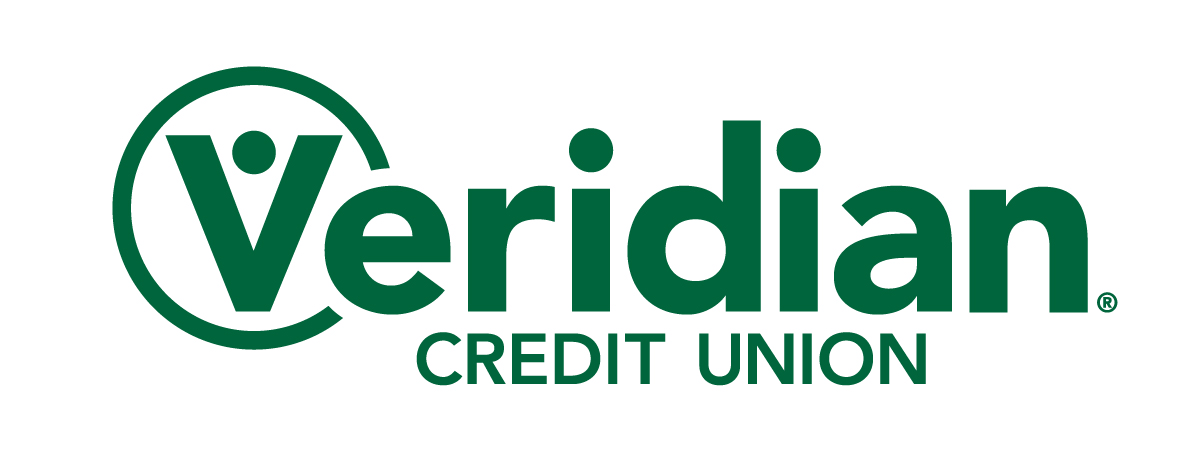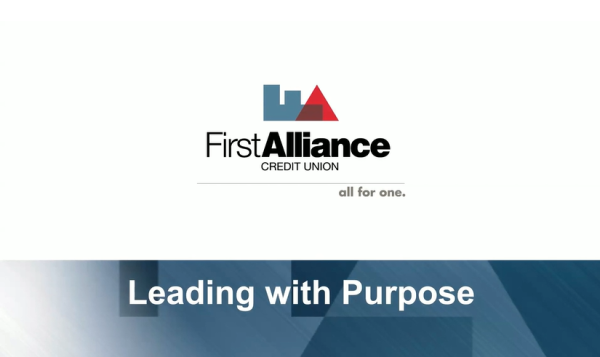Community Financial Flips The Script On Junk Fees
The Michigan credit union has dropped punitive overdraft fees in favor of a checking account feature that helps members save money when their spending outstrips
Your hub to learn how credit unions manage assets and liabilities, boost non-interest income, improve efficiencies and productivity, and maximize returns.
The Michigan credit union has dropped punitive overdraft fees in favor of a checking account feature that helps members save money when their spending outstrips
Credit unions are tapping versatile leaders from diverse backgrounds to take advantage of fresh insights and achieve strategic goals.
Liquidity has been front of mind for credit union leaders in recent quarters as loan and share growth battle it out on the balance sheet.
An account that pays members up to $200 a year in merchant rebates plus unlimited cash back rewards on signature-based debit card transactions has helped members at One Nevada ease into new checking options.
Investors are fed up with market confusion. Will a lecture today by the Fed chair provide any clarity?
Workers’ Credit Union started its patronage dividend in 2013. In 2015, it wants to give back $3 million to its membership. Here’s how.
A 2015 Callahan & Associates survey of 466 credit union CEOs and CFOs reveals attitudes and activity surrounding patronage dividends.
Lower cash balances drive longer average life as derivatives usage slowly grows.
A 2015 Callahan & Associates survey finds capital is a key reason to pay out to members. Yet despite the fact everyone likes to get money back, financial cooperatives don’t appear concerned about reaping the positive publicity.
CoVantage Credit Union’s $1.7 million patronage payout in 2014 marked the 33rd consecutive year the Wisconsin credit union has returned extra value to its loyal member-owners.
Paying a patronage dividend helps engender loyalty among a credit union’s membership and strengthens its brand in the community.
How the markets will react to today’s FOMC statement is anyone’s guess. The markets stopped making sense a long time ago.
In February, Callahan & Associates visited Iowa-based Veridian Credit Union ($20.B, Waterloo, IA) for a two-day investigation into how the credit union creates a culture where everyone is a leader and everyone is an owner. Learn more in this quarter’s Anatomy Of A Leadership Culture.


After an anxious 2025, CFOs and observers across the industry are preparing for the year ahead — for better or for worse.

Quality payments are a hallmark of the ACH Network. Follow the rules and do right by members.

The next big storm in the Gulf isn’t an “if,” it’s a “when,” but the small Gulf-area credit union has a plan to help the community get back on its feet when the time comes.

Six credit union leaders share how they are balancing innovation and governance while deploying new tools.

Six credit union leaders share how they are balancing innovation and governance while deploying new tools.

Look beyond the headlines to better understand what is driving current market trends and how they could impact credit union investment portfolios.

Discover how First Alliance Credit Union is redefining success by putting values and member needs at the heart of everything it does.

Craft breweries demonstrate how commitment to value, operational agility, and community focus can ignite growth and drive property.

Inflation, debt, and income inequality are fueling a K-shaped, post-pandemic recovery, widening the gap between different economic segments and challenging lower-income households.

Quarterly performance reports from Callahan & Associates highlight important metrics from across the credit union industry. Comparing top-level performance and digging into the financial statement has never been easier.
Waiting On Yellen